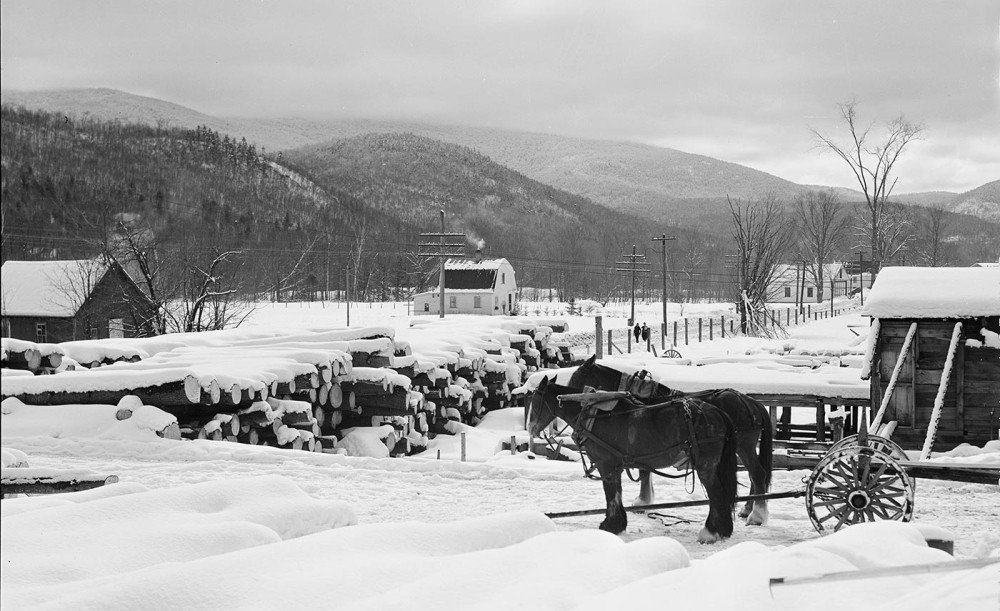
Carbon offset programs often withhold 10 to 20 percent of offsets generated by a project, as a buffer against changes to the forest that might affect carbon storage over a century or more. But this practice may not fully reflect losses from an increasingly severe and erratic climate. In California, fires depleted 100-year buffers within 10 years. In the Northeast, more powerful hurricanes may also challenge current models.
Hurricanes, one of the largest disturbances impacting northeastern forests, have historically occurred about once per decade, with one devastating storm per century. For example, the 1938 hurricane destroyed more than 70 percent of the timber in some areas, according to Shersingh Joseph Tumber-Dávila, an assistant professor of Environmental Studies at Dartmouth College.
In his previous position as a postdoctural fellow supported by the Long-Term Ecological Research program at the Harvard Forest, Tumber-Dávila assessed how future increases in hurricane intensity might affect aboveground forest biomass, and thus the viability of carbon offset projects in New England. He reviewed data from past hurricanes, mapped the resulting damage, and modeled scenarios of historical and projected wind speeds as a measure of hurricane intensity. He found that just slight increases in wind speeds – an 8 percent increase over the historical baseline – led to drastic increases in damage to the forest.
“The average hurricane downs 5 to 10 percent of aboveground forest carbon across the region, but modeled future increases in hurricane strength increase this percentage, even unprecedently inland and northward into Vermont and Maine,” he said while presenting at the Ecological Society of America annual meeting in Portland, Oregon, in August. As fallen trees decompose, they emit carbon into the atmosphere. “Each hurricane wipes out 10 years of forest carbon sequestration. If hurricanes become more frequent and/or intense, the ability for these forests to serve as a carbon sink may be jeopardized,” Tumber-Dávila added.
The study highlighted a key area for action. Salvaging downed timber can lessen carbon emissions (because carbon remains stored in long-term products such as a saw logs), but the forest industry has limited capacity to scale up quickly to salvage timber in the southern part of the region, which is also the region most impacted by hurricanes. If southern New England forests are to be relied on as carbon stores, the region will need to address salvage capacity needs, and carbon offset program developers will need to better account for the risks of storm damage.

